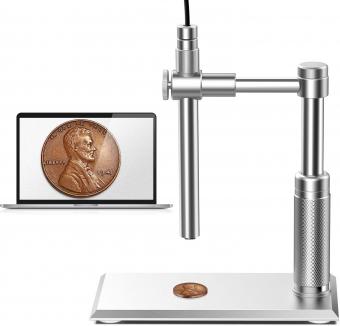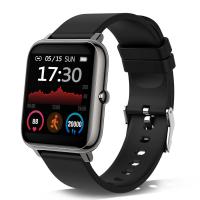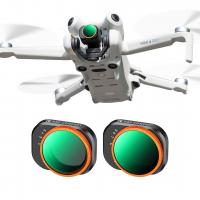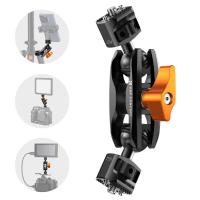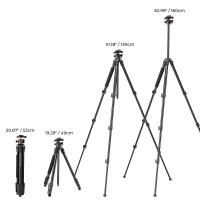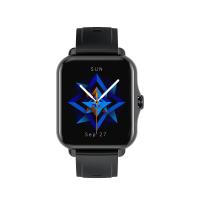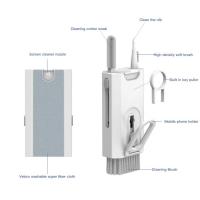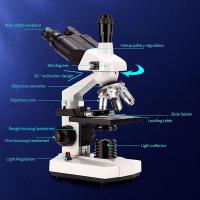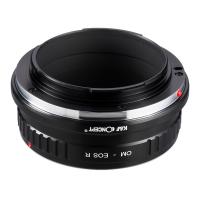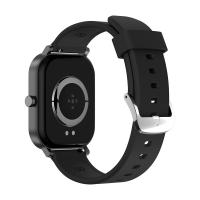How To Count Sperm In Microscope ?
To count sperm in a microscope, a technique called "hemocytometer counting" is commonly used. First, dilute the sperm sample with a suitable solution to achieve an optimal concentration. Then, place a drop of the diluted sample onto a hemocytometer, a specialized glass slide with a grid pattern. Allow the sperm to settle for a few minutes. Next, using a microscope, count the number of sperm in several squares of the grid and calculate the average. Multiply this average by a conversion factor to determine the total number of sperm per milliliter in the original sample. This method provides an estimation of sperm count and is widely used in research and clinical settings.
1、 Sperm Counting Techniques in Microscopy
To count sperm in a microscope, there are several techniques that can be employed. One commonly used method is the hemocytometer or counting chamber technique. This involves diluting the semen sample and placing a known volume onto a specialized slide with a grid pattern. The sperm cells are then counted under a microscope, and the concentration is calculated based on the dilution factor.
Another technique is the Makler chamber method, which utilizes a disposable counting chamber with a pre-determined depth. The semen sample is loaded into the chamber, and the sperm cells are counted in a specific number of squares under the microscope. The concentration is then calculated based on the volume loaded and the area counted.
In recent years, automated sperm counting systems have been developed, which utilize computer algorithms to analyze digital images of sperm samples. These systems can provide accurate and efficient sperm counts, reducing the subjectivity and variability associated with manual counting techniques.
It is important to note that accurate sperm counting requires proper sample preparation and staining techniques. Stains such as eosin-nigrosin or modified Papanicolaou can be used to enhance the visibility of sperm cells and improve accuracy.
Additionally, it is recommended to perform multiple counts and average the results to obtain a more reliable estimate of sperm concentration. Quality control measures, such as assessing the motility and morphology of the sperm cells, should also be considered to provide a comprehensive evaluation of semen quality.
Overall, counting sperm in a microscope involves careful sample preparation, accurate counting techniques, and the use of appropriate stains. The development of automated systems has improved the efficiency and accuracy of sperm counting, but manual techniques still play a crucial role in semen analysis.

2、 Manual Sperm Counting Methods
Manual sperm counting methods involve using a microscope to count the number of sperm cells in a given sample. Here is a step-by-step guide on how to count sperm in a microscope:
1. Prepare the sample: Collect a semen sample in a sterile container. Allow the sample to liquefy for about 20-30 minutes at room temperature. Mix the sample gently to ensure an even distribution of sperm.
2. Prepare the microscope: Clean the microscope thoroughly and ensure it is properly calibrated. Use a high-power objective lens (typically 40x or 100x) for better visibility of sperm cells.
3. Load the sample: Take a small drop of the semen sample using a pipette or a calibrated dropper. Place the drop on a clean glass slide and cover it with a coverslip to prevent drying.
4. Observe under the microscope: Place the slide on the microscope stage and focus on the sample using the coarse and fine adjustment knobs. Scan the slide systematically to locate areas with a suitable density of sperm cells.
5. Count the sperm: Once an appropriate area is identified, count the number of sperm cells in a specific field of view. This can be done manually by visually counting the sperm cells in a grid or by using a counting chamber, such as a hemocytometer or a Makler chamber.
6. Repeat and calculate: Repeat the counting process in multiple fields of view to obtain an average count. Multiply the average count by the dilution factor (if applicable) to calculate the total number of sperm cells in the sample.
It is important to note that manual sperm counting methods can be time-consuming and subjective, as they rely on the observer's ability to distinguish sperm cells from other debris. Therefore, automated sperm counting methods, such as computer-assisted sperm analysis (CASA), are increasingly being used to provide more accurate and objective results.
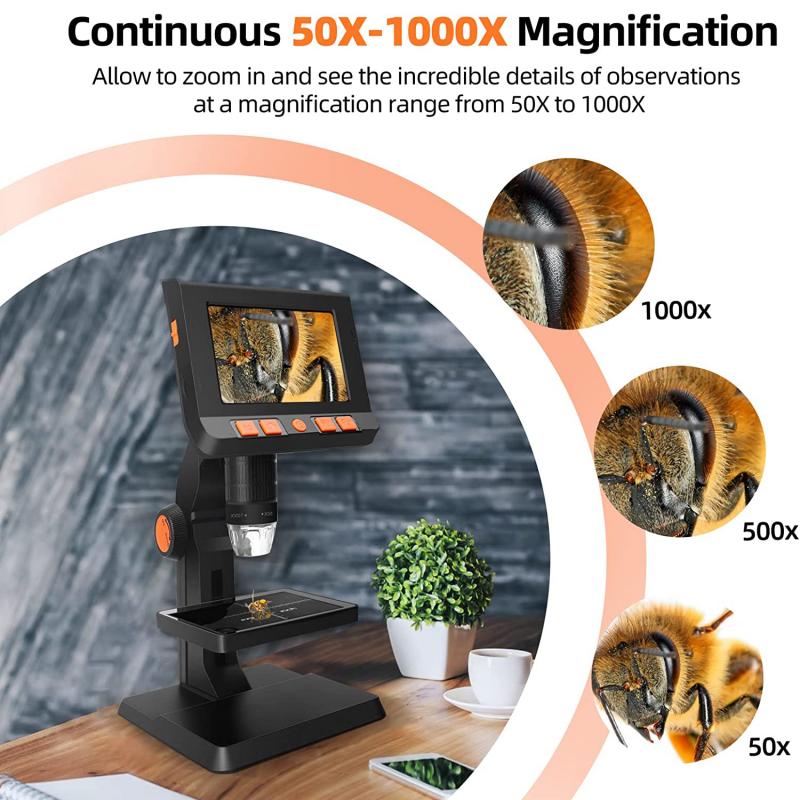
3、 Automated Sperm Counting Approaches
Automated Sperm Counting Approaches have revolutionized the field of reproductive medicine by providing accurate and efficient methods for counting sperm in a microscope. These approaches utilize advanced technology and image analysis algorithms to automate the process, reducing human error and increasing the speed of analysis.
To count sperm in a microscope using automated approaches, the following steps are typically followed:
1. Sample preparation: The semen sample is collected and prepared for analysis. This may involve diluting the sample to achieve an optimal concentration for counting.
2. Microscope setup: The microscope is set up with the appropriate magnification and lighting conditions for capturing high-quality images of the sperm.
3. Image acquisition: Images of the sperm are captured using a digital camera attached to the microscope. Multiple images are usually taken to ensure a representative sample.
4. Image analysis: The captured images are then processed using specialized software that employs advanced algorithms to identify and count the sperm. These algorithms can distinguish sperm from other cells or debris based on their size, shape, and motility.
5. Data interpretation: The software generates a count of the sperm present in the sample, along with additional parameters such as motility and morphology. This data can be further analyzed to assess the quality of the sperm and provide insights into fertility potential.
The latest point of view in automated sperm counting approaches involves the integration of artificial intelligence (AI) and machine learning techniques. AI algorithms can learn from large datasets of sperm images, improving their accuracy and efficiency over time. Additionally, AI can assist in identifying abnormal sperm morphology or motility patterns, aiding in the diagnosis of male infertility.
Overall, automated sperm counting approaches have significantly enhanced the field of reproductive medicine by providing reliable and objective measurements of sperm parameters. These advancements have not only improved the accuracy of fertility assessments but also expedited the process, allowing for quicker diagnosis and treatment decisions.
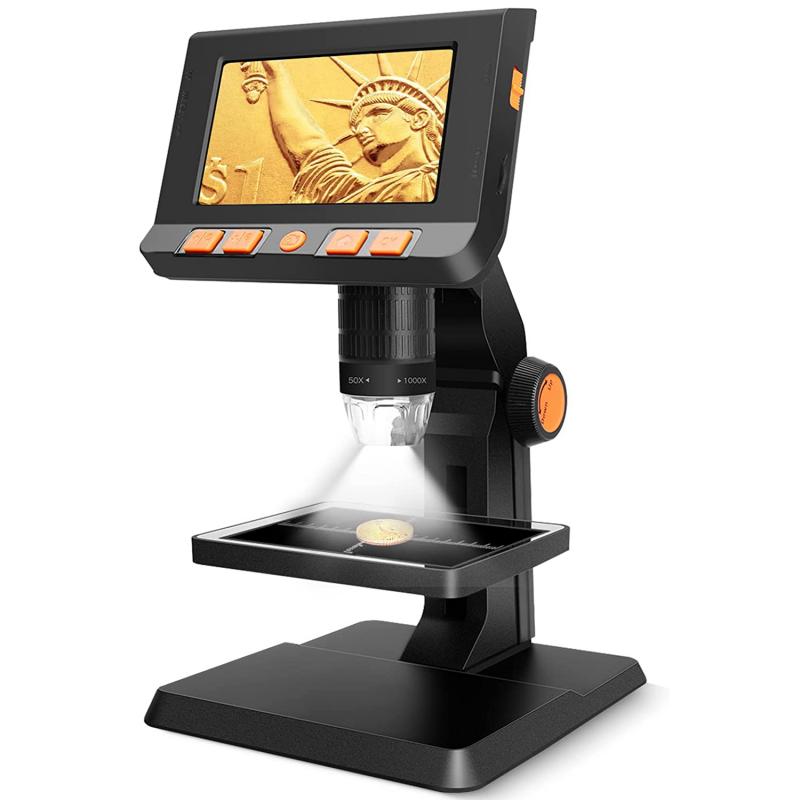
4、 Factors Affecting Sperm Counting Accuracy
How to count sperm in a microscope:
Counting sperm in a microscope is a crucial step in assessing male fertility. Here is a step-by-step guide on how to count sperm accurately:
1. Prepare the sample: Dilute the semen sample with a suitable solution, such as a buffered saline solution, to make it easier to count the sperm. Mix the sample thoroughly to ensure an even distribution.
2. Prepare the counting chamber: Place a drop of the diluted sample onto a counting chamber slide. The chamber contains a grid pattern that helps in counting the sperm.
3. Observe under the microscope: Place the slide under a microscope with appropriate magnification. Focus on the grid pattern and locate a suitable area for counting.
4. Count the sperm: Using a manual counter or a computer-assisted system, count the number of sperm in the designated area. Repeat the process in multiple areas to obtain an average count.
Factors affecting sperm counting accuracy:
1. Variability in sample preparation: Inaccurate dilution or improper mixing of the sample can lead to inconsistent results. It is essential to follow standardized protocols for sample preparation.
2. Observer bias: The accuracy of sperm counting can be influenced by the observer's experience and technique. Training and standardization of counting methods can help minimize observer bias.
3. Sperm clumping: Sperm cells tend to clump together, making it difficult to count individual cells accurately. Proper sample preparation techniques, such as using a suitable diluent and ensuring thorough mixing, can help reduce clumping.
4. Equipment and magnification: The quality and calibration of the microscope and counting chamber can affect accuracy. Regular maintenance and calibration of equipment are necessary to ensure reliable results.
5. Subjectivity in defining sperm cells: Differentiating between sperm cells and other particles can be challenging, especially when dealing with low sperm counts. The use of staining techniques or computer-assisted systems can aid in distinguishing sperm cells accurately.
It is important to note that advancements in technology, such as computer-assisted sperm analysis (CASA), have improved the accuracy and efficiency of sperm counting. CASA systems use image analysis algorithms to automate the counting process, reducing observer bias and increasing accuracy.
In conclusion, accurate sperm counting in a microscope requires proper sample preparation, standardized counting methods, and well-maintained equipment. The latest advancements in technology, such as CASA, have further enhanced accuracy and efficiency in sperm counting.
















